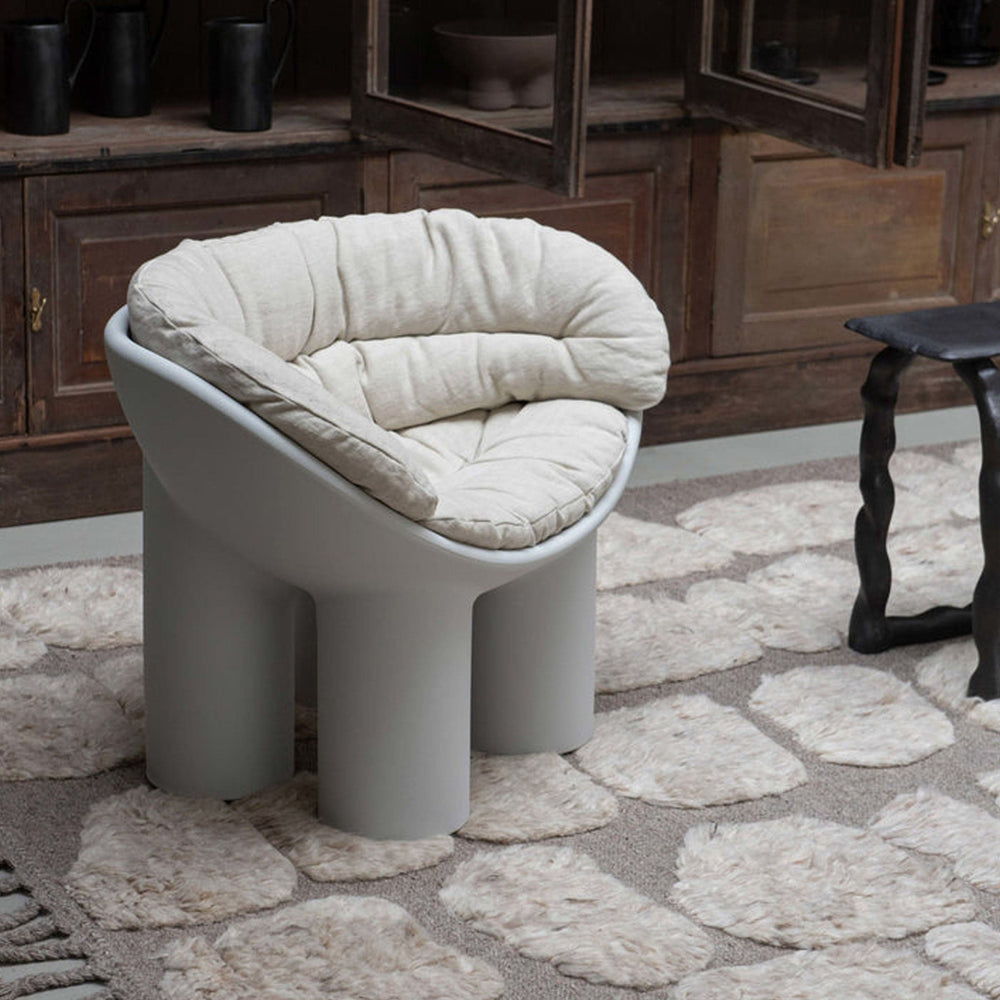EDITORIAL: Gio Ponti
The Magic of Tiles in Private Homes
Iconic Case Studies
The MAG - 01.24
By Marco Carbone
Gio Ponti: The Magic of Tiles in Private Homes - Iconic Case Studies

Gio Ponti's creations in the realm of tiles have transformed numerous private homes, imparting them with a touch of timeless elegance. Through some of the most significant case studies, we will explore how his tiles have made residences unique and extraordinary, becoming an integral part of the history of Italian architecture and design.
One of the most emblematic case studies is Casa La Marmora, where Ponti applied his innovative vision in the field of tiles. Here, tiles from the 'Domus' collection adorned the walls. The combination of geometric patterns and sophisticated colors transformed the interiors, giving the house an aura of timeless refinement.
Another shining example is Villa Planchart, an architectural masterpiece in Venezuela. Ponti incorporated custom tiles, crafted in collaboration with local master artisans, blending European elegance with South American craftsmanship. These tiles not only decorate and architecturally define spaces but also tell a story of transcultural collaboration.
A case study highlighting the customization of Ponti's creations, this time in collaboration with Piero Fornasetti, is Casa Lucano, also known as "Casa Fantasia." Here, tiles not only decorate spaces but serve an integrated function in the overall architecture of the house. The interior design and tile theme were inspired by Italian metaphysical art (Pittura Metafisica) and French surrealism, making it stylistically unique in post-war Italy. The apartment becomes like a theater, an imaginary stage for its future inhabitants. Gio Ponti stated that "it is those who live in the house who create it, not the other way around."
Finally, we cannot overlook his most significant work at Parco dei Principi in Sorrento, with his famous "Blu Ponti" tiles. Ponti created a unique experience using tiles that reflect the beauty of the surrounding landscape. The tiles, with their colors, blend with the coastal environment, creating a timeless atmosphere that captivates anyone crossing the threshold.

"... with thirty different designs, each allowing two, three, four combinations, a hundred have come out ... and I always think of the infinite possibilities of art: give someone a square of twenty by twenty, and - although over the centuries everyone has indulged in endless designs - there is always room for a new design, for your design..." (Gio Ponti)
The Triennale Tile
The Triennale tile, created by Gio Ponti for Marazzi in 1960 during the Milan Triennale, remains a timeless icon in design. With its "four times curved" shape, it revolutionized the concept of modularity and flexibility, breaking the dogma of square forms. Its versatility extends to all Marazzi collections today, offering infinite combinations of textures and colors.
New variants of Triennale highlight color, with glossy and matte options, in contrast or tone on tone. The iconic shape adapts to different collections and sizes, becoming a cross-cutting element in two technologies: porcelain stoneware and single-fired, for floors and coverings.
Incorporating the concept of open dialogue between history and technology, design and industrial production, the Triennale tile continues to transcend epochs and contexts. With its presence in various exhibitions and its continuous reinterpretation, it proves to maintain its prominent position as a timeless symbol in the design landscape.
















